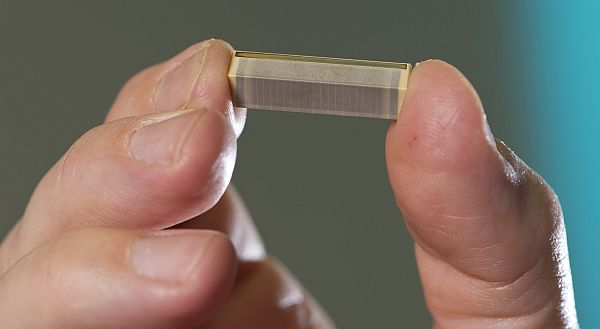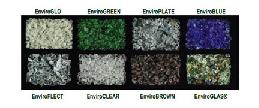
In a radical breakthrough, Siemens scientists have managed to develop a device with a fervent sense of practicality imbibed in it. It is a very small mechanical energy harvester, but in effect its impact can be huge. When integrated with sensors, this adroitly contrived wireless contraption can supply uninterrupted power to small gadgets such as low-power mobile devices, which in consequence can totally nullify the usage of batteries and their problematic recharging.
Basically this tiny device can be thought of as a ‘mini’ power plant, which utilizes stacks of piezoelectric materials that Siemens Corporate Technology helped to design in the 1990s as high-performance precision drives for vehicle engine injection valves. Piezoelectricity is the charge which accumulates in certain solid materials (like ceramics) in response to an applied mechanical strain. The word piezoelectricity itself means electricity resulting from pressure.
In this case, the piezoelectric ceramics expand when an electric voltage is applied to them. However, when a mechanical strain is applied, these materials generate electricity by the above mentioned effect and this is how the small Energy Harvester converts mechanical movement to electricity. The petite size of the contraption allows it to be integrated inside sensors, from which it can use its spring-mass system that is a few centimeters long. It converts movements and vibrations with various frequencies and amplitudes into electricity with a magnitude of several milliwatts.
Though it should be noted that the Energy Harvester is not the first of its kind of device, it, however, conveniently differs from earlier developments. It corresponds to a wider range of frequency and amplitude, allowing it to take advantage of more sources of energy.
Source: PaceToday




